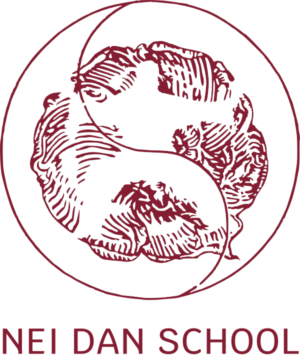Several decades ago, after years of practice and study of East Asian martial arts, I became fully aware that I had no interest in becoming a Buddhist, Hindu or Taoist, much less an expert theorist in any East Asian discipline. I was not looking to escape from reality but to understand it. I sought not to control but to free the mind.
The abstract knowledge of the followers of the different East Asian schools of thought with which I had come into contact left me cold. Instead, I found myself drawn to the discovery of new psychophysical possibilities based on internal vital energy and on experimentation with languages which provided an alternative to discursive logic, used to communicate with the emotions and with the wild part of one’s being and so regain a spontaneous globality of action—a different methodological approach to the art of the body and mind.
I was tired of traipsing down the seemingly endless and inescapable way of knowledge that leads to truth and of studying the countless systems and interpretative models developed over the centuries by the different religious, philosophical and scientific traditions, which one day revealed themselves to me for what they really were: virtual representations, vague descriptions of reality which, if incorrectly interpreted, distorted our perception of the self and distanced us from our true nature.
This realisation left me in a sort of “existential desert”, my bearings lost and with a terrible nagging doubt: that I had been afflicted with an arrogance that had blinded me.
It was not easy to grope my way out of that “blind alley” into which I had wandered, and even less to escape that hall of mirrors where every surface reflected a different image: beautiful and enchanting images, but images nonetheless, fleeting reflections that, I came to realise, not only heavily conditioned my thinking and actions, but rendered me blind to myself.
I also realised that it was incumbent on me to carry out a true alchemical experiment: to extract the essence—free from any ideological, philosophical or cultural conditioning—of a knowledge acquired through years of study and research, and to use it to inform my practices of Taiji and Yoga.
And this is what I did. But it was no mean feat, especially since all around me I saw—and, unfortunately, still see—nothing but practitioners uncritically repeating the empty gestures and rituals of a “past tradition” of which they had—and have—no direct knowledge. No one can know how Yoga or Taiji Quan were once practised, nor what thoughts troubled the sleep of a Zen monk in centuries past.
What can we know of the chitta (“mind”) of Patanjali’s famous sutra: “Yoga chitta vritti nirodha”? Of the wu wei (“unintentional state”) of Taiji Quan? How does one seek a thing the nature of which remains elusive (truth, satori, samadhi)? How can one understand the chitta/mind of Yoga or the xin/mind-heart of the Taoist tradition with a mental apparatus imprisoned by discursive logic and the principle of non-contradiction? How can one contemplate being able to practise Yoga and/or Taiji without essential and focused preparation of the deep and internal structure of the body and one’s own frame of mind?
We allow ourselves to think that a body wracked with tensions is freed or becomes aware by “performing/imitating” the Yoga asanas or achieves peace of mind by copying the slowness of Taiji, that a blocked mind is released by sitting down to Zen meditation and that stroking a brick can transform it into a mirror. Rarely does one encounter a practitioner, even an expert one, who succeeds in transferring the harmony and grace that they express within the limits of their discipline into everyday life: they move gracefully in practice but gracelessly in the outside world.
